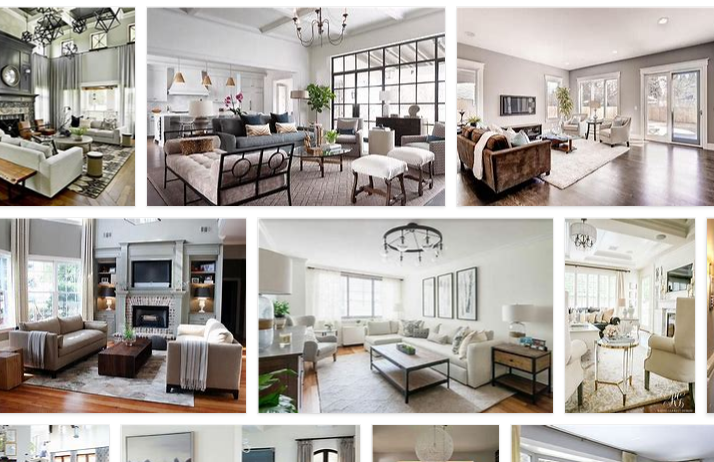Traditional home decor is an aesthetic that can bring warmth, charm and a cozy ambiance to any home. The aesthetic consists of a mix of antiques, period pieces and furniture that are typically handmade or hand-crafted. The appeal of this decor comes from the history of the pieces as well as the classic look that it provides.
One of the biggest features of traditional home decor is that it generally has subtle nuances. Instead of bold, single-colored blinds or bold, red throw pillows, the family handyman will use soft floral patterns for window treatments and upholstery fabrics in warm neutral tones for furniture fabric. The warmth and charm of natural materials such as wicker, rattan and jute often lend themselves to using muted and earthy colors. A warm and inviting room decor lends itself to using solid wood or wrought iron furniture fabric with soft pillows made of felt or shag.
Another facet of traditional spaces is that there are a number of patterns for sale that offer a variety of looks without becoming overly busy. Many manufacturers and retailers offer a wide range of accent wall and accent furniture pieces that come in a variety of traditional patterns. The same is true for window treatments in a room that has a feeling of transition. Transitional interior design elements may include a mural covering one wall in a room or a colorful frame hanging on the opposite wall.
For a sense of movement and a welcoming atmosphere, consider pairing together bold painted lamps and wrought iron candle sconces. To give a softer look and charm to transitional spaces, pair together textured wall art in floral and geometric patterns. These can be displayed on plain wood or metal furniture fabric with large cushions or throw pillows. To add drama to a more formal environment, choose a chandelier or crystal chandelier that features small mirrors as accents.
When looking for flooring for traditional spaces that will complement the decor in the kitchen or dining area, think about the textures that will work well with your other decorating ideas. Go for flooring that is bold and durable, such as hardwood floors with area rugs. Textured, patterned or painted tiles on the floor will also work. Don’t forget to keep accessories in mind when choosing flooring so you don’t end up staining your whole house! A neutral colored floor will give your entire space the same feel.
The key to creating transitional interiors is to use the right fabrics in the right proportions. Keep textures simple, like wood grains, and try to stay away from bold, bright colors. Instead, go for muted, classic colors like browns, creams and greens. For a more modern look, go for fabrics like linen, Terry cloth and brushed twill. For a rustic country look, go for fabrics like chenille, leather and suede.

Decorating Styles – Contemporary and Traditional Homes
Traditional home decor has a welcoming and charming feel to it. Rather than the sleek and sharp appearance of contemporary designs, furniture has large cushions and smooth, wide edges. Wood furniture, flooring and accents have long held a position in traditional home decorating. In addition to this look, wood furniture also symbolized status among the elite in the colonial period. You can add a bamboo accent light or a bamboo wall sconce in a room with a more rustic feel.
In the past, wooden furnishings were always associated with upscale homes, because they were so durable and they were often handcrafted by skilled craftsmen. The feel of traditional homes is made up of a lot of these types of accents, from traditional flooring to rugs and tableware. A lot of times, people associate rustic and log furnishings with cabin dwellers and outdoorsmen. Instead of going with the ultra-modern look, choose more traditional home decor and you’ll still be stylish and fashionable.
If you’re trying to decide between contemporary and traditional home decor, go with the style that suits your personality. It’s easy to go with just one theme, but changing the whole theme of your interior will make it feel like another country. Contemporary settings have clean lines and minimalism, while traditional homes have heavy wooden accents. Try both styles in the same area and see what fits best for your space. It may take some time, but once you find your style and you’ve chosen your accents, you’ll find it comforting and inviting.




